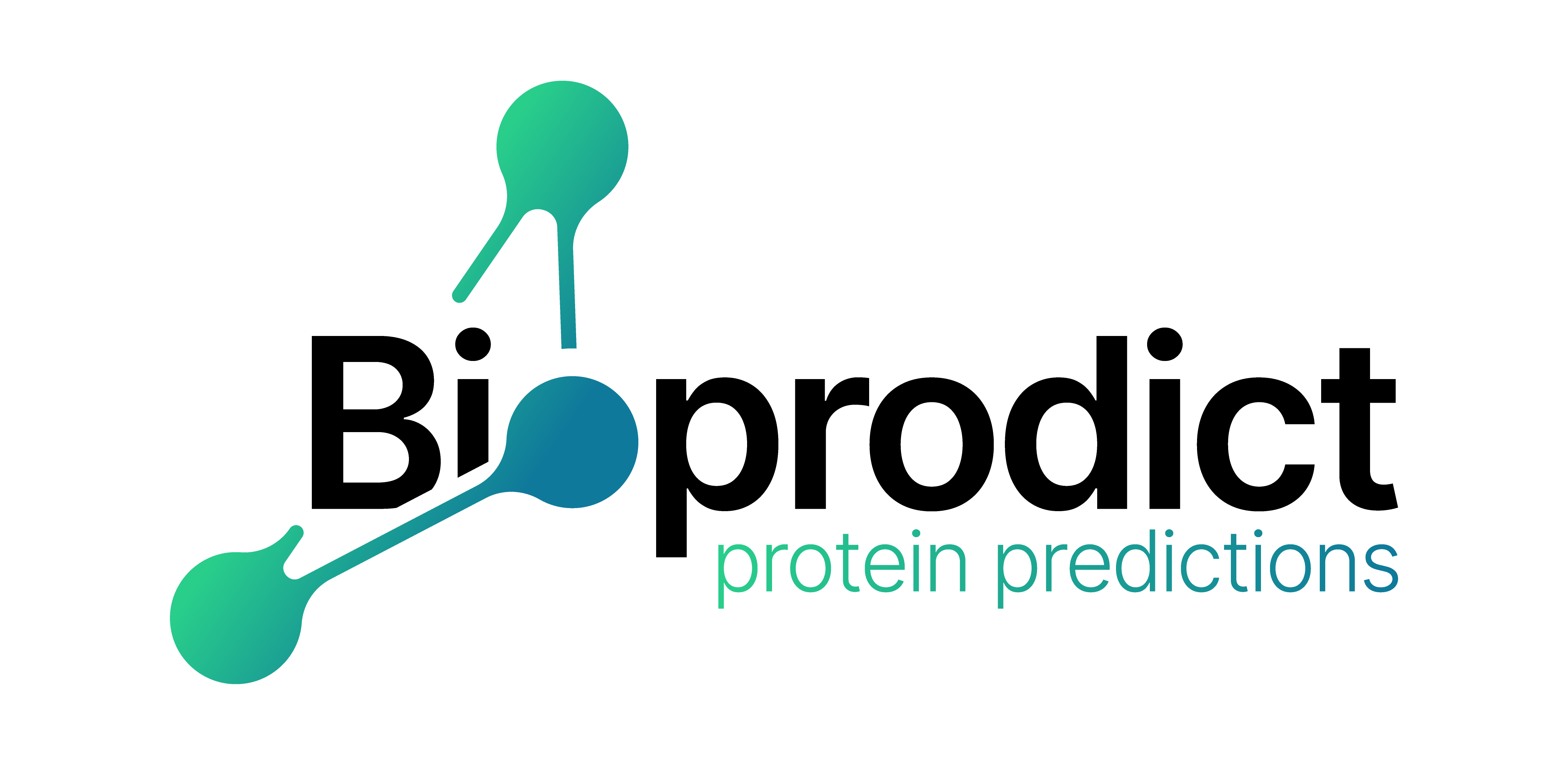Unlock the power of proteins with AI-driven precision
From discovery to optimization, enhance your research with advanced AI and analytics
Cutting edge solutions for protein analysis
At Bio-Prodict we are pioneers in the field of protein R&D, dedicated to transforming how scientists and researchers understand and manipulate proteins. We use state-of-the-art analysis methods and visualization tools, to develop tailored information solutions.

Premium tools to boost your research
Bio-Prodict systems are engineered to facilitate the exploration of sequence-structure-function relationships. Our software has a proven track record in delivering high-quality sequence alignments and integrating different types of protein-related data.

“3DM allows an easy-to-use design of small, but smart mutant libraries substantially saving time and efforts to identify desired improved enzyme variants”

“The panel design module is a real time saver for us and it’s easy to use. The enzyme selection algorithm results in a very high percentage of expressible enzymes still ensuring great diversity of the enzymes in the panel”

“Thanks to 3DM, we were able to bring a novel xylose isomerase to the market, one that is much more robust than all commercially available xylose isomerases. 3DM was instrumental in finding this novel enzyme and in massively improving its substrate preference”

“On behalf of a pharma customer, we microbially produced and engineered the stability of a membrane-bound, high molecular weight enzyme. 3DM Engineering guided the rational selection of hotspots to create high quality libraries that could be screened quickly. Bioprodict has repeatedly been a great and successful addition to our sophisticated enzyme development toolbox.”

“We have been collaborating with Bio-Prodict for several years in the field of antibody engineering and are consistently impressed by the capabilities of Bio-Prodict’s 3DM system and its integrated AI models. These tools are exceptionally effective in protein engineering, particularly in predicting mutations that enhance desirable protein properties or drive disease mechanisms. In my view, this represents the best technology currently available—far surpassing all other platforms, including the ones from the big tech companies.”

“All current AI based systems suffer from a lack of data on the effects of mutations, so the entire field is several years behind current data based industrial protein engineering efforts. Most AI mutation prediction algorithms use sequence data and traditional multiple sequence alignment algorithms as their base, and those alignments could be greatly improved by the use of structural information. Bio-Prodict maintains a huge structure-based multiple sequence alignment database, which gives them a tremendous advantage over the other systems.”


















